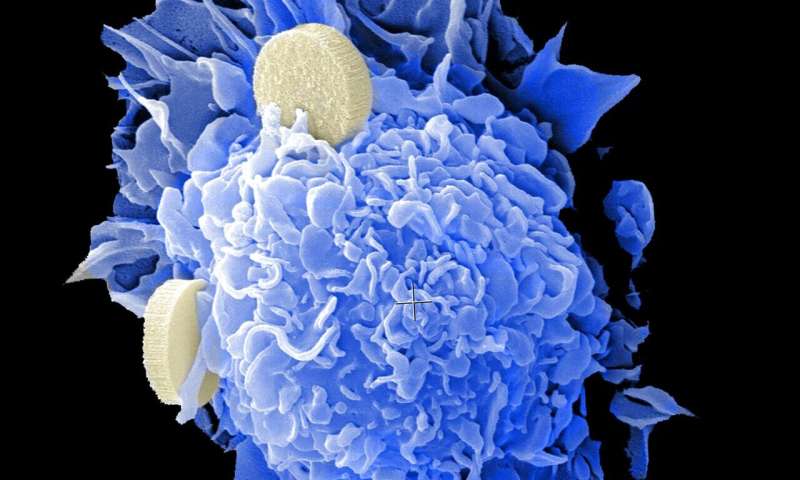Preventing Glaucoma-Related Vision Loss: Barriers to Care and the Need for Accessible Treatment

Glaucoma is a leading cause of blindness, but many are unable to afford the treatment needed to prevent vision loss. Barriers include high medication costs and limited access to care, especially in underserved communities. Efforts by charities and healthcare reforms are vital to address these disparities and protect eye health.
Glaucoma is a group of eye conditions characterized by increased pressure inside the eye, which can lead to optic nerve damage and irreversible vision loss. Often called the "thief of sight," it remains the leading cause of blindness, particularly among Black Americans, who are five times more likely to develop the disease and six times more likely to suffer vision loss compared to white populations. Early detection and proper treatment are crucial; when caught early, glaucoma progression can be slowed or halted through regular monitoring and medication such as eye drops. However, the high cost of treatment creates significant barriers.
For individuals without adequate insurance, affording medications can be challenging. Generic eye drops may cost around $80 per month, whereas brand-name versions can reach $200 or more. In many regions, especially in states like South Carolina that have not expanded Medicaid under the Affordable Care Act, many adults do not qualify for assistance programs. Even those on existing insurance plans face hurdles, as many ophthalmologists do not accept certain plans, limiting access to care.
This financial strain often results in delayed diagnosis, with patients presenting at advanced stages of glaucoma when the damage is extensive and irreversible. This is a common pattern among underserved communities, where awareness about eye health is limited and access to regular screenings is scarce.
The consequences of inadequate access are stark. For example, Charisse Brown, a 38-year-old woman from South Carolina, experienced significant vision loss in her left eye due to unmanaged glaucoma. She faced formidable challenges in securing treatment, as her insurance did not cover all necessary procedures, and she struggled with medical debt. After relentless efforts, she received help from local charities like Lions Vision Services, which fund surgeries and eye care for people in poverty.
Charitable organizations such as Servants for Sight and Lions Vision Services play vital roles by providing free or subsidized vision screenings, surgeries, transportation to appointments, and mobile clinics reaching underserved communities. These initiatives help detect eye diseases early and connect patients to specialized care.
Yet, systemic issues persist. Proposed federal budget cuts threaten to reduce Medicaid funding, which could result in millions losing coverage and further exacerbate disparities in eye health. Without adequate insurance coverage, many individuals delay or forego essential treatments, increasing the risk of permanent blindness.
Experts advocate for broader healthcare reforms, including Medicaid expansion and increased support for vision care services, to address these disparities. Continuous education and outreach are essential to raise awareness about glaucoma within vulnerable populations and prevent preventable blindness.
Ultimately, ensuring accessible and affordable eye care is critical for reducing the burden of glaucoma. The goal is to catch the disease early, provide timely treatment, and bridge the gap in healthcare disparities that disproportionately affect minority and low-income communities.
Stay Updated with Mia's Feed
Get the latest health & wellness insights delivered straight to your inbox.
Related Articles
Neuroscientists Explore How the Brain Distinguishes Pain from Innocuous Touch
New neuroscience research uncovers how the brain differentiates between painful and harmless touch, opening new avenues for pain treatment development.
Optimizing a Cancer-Fighting Radioisotope for Targeted Therapy
Scientists at the University of Missouri are advancing cancer treatment with the development of Terbium-161, a versatile radioisotope that offers targeted destruction of cancer cells through enhanced cellular damage mechanisms.
New Therapeutic Target Identified to Prevent Breast Cancer Relapse by Eliminating Dormant Cells
Canadian scientists have identified PIK3C3 as a key protein for dormant breast cancer cell survival, paving the way for therapies to prevent metastasis and relapse. This breakthrough offers new hope for reducing recurrence and improving long-term outcomes for breast cancer patients.
Does Having a Pet as a Child Reduce the Risk of Developing Asthma and Eczema?
Early exposure to pets like dogs during childhood may lower the risk of developing eczema and allergies, contributing to a healthier immune system. Learn how your environment influences allergy development.



